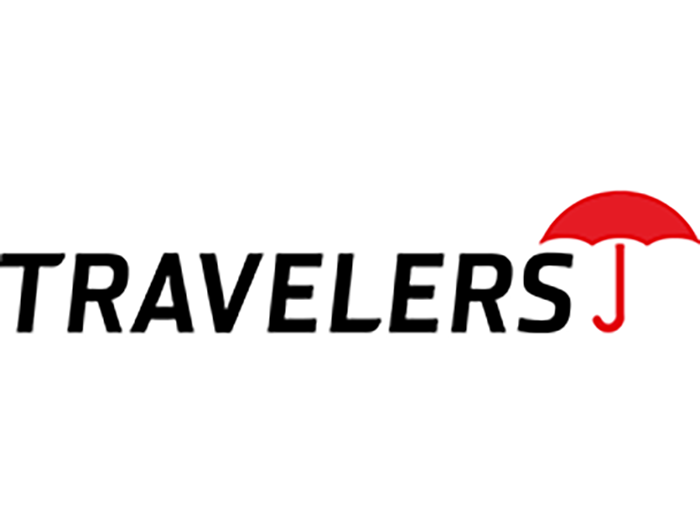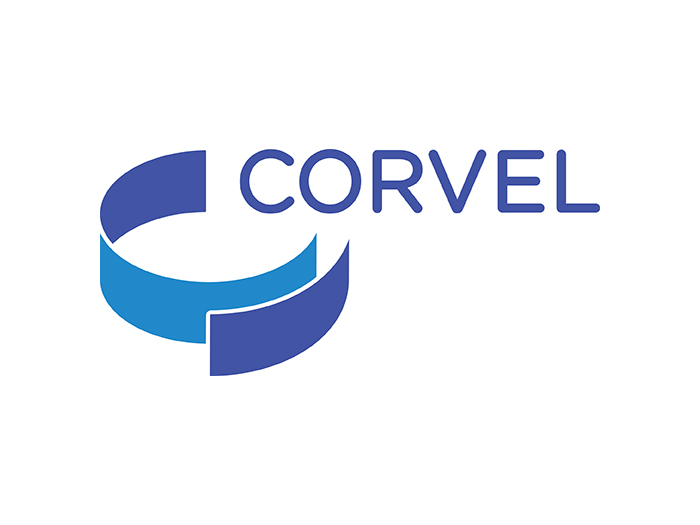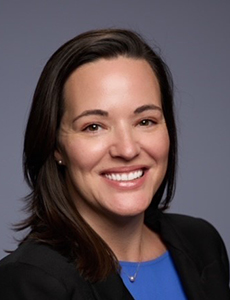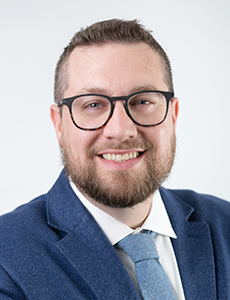10 Questions for Fleming Holdings’ Eric Haller
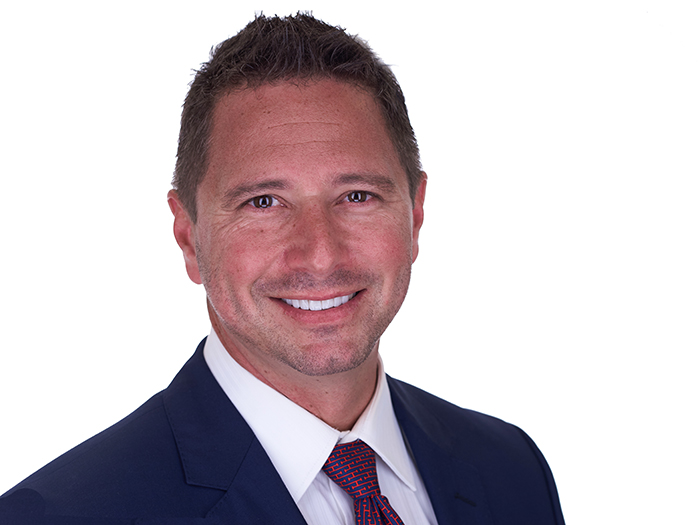
At the RIMS 2023 conference in Atlanta, Risk & Insurance, caught up with Eric Haller, the cofounder and CEO of Fleming Insurance Holdings.
What follows is a transcript of that conversation, edited for length and clarity.
Risk & Insurance: Can you share with us a little bit of your background in the insurance sector?
Eric Haller: My background is actually pretty diverse. I started off in public accounting, and that’s what brought me to Bermuda. After that, I went to XL Capital in the investment group, and after XL, I went to Athene.
I was one of the first employees at Athene, and it was great being part of that. After Athene, I went to R&Q Insurance Holdings, when they re-domiciled to Bermuda. I was hired to build the North American legacy business. That was my first experience with legacy transactions.
Through my work in public accounting, I had experience on transactional diligence and, obviously, some exposure with my other roles, but nothing on the legacy side until R&Q.
In 2018, I was approached by Stephen Minor (cofounder of Fleming), who wanted to get my views on starting another legacy reinsurance company. The reputation of the industry had improved and was no longer only associated with toxic liabilities. The industry had really grown up and there was a wider range of opportunities becoming available.
When we launched Fleming, at the end of 2018, we wanted to do things differently. Instead of focusing on exposure solutions where it’s one-off transactions, it’s toxic liabilities, it’s discontinued lines, it’s always focused around something that’s gone badly, we wanted to focus on capital solutions.
What I mean by that is, the primary focus of the transaction is to allow companies to recycle capital back into the front end of their business, to focus on what they do well. In order to accomplish this, we are taking what’s been done well in the legacy space and combining that with what’s been done well in the traditional reinsurance space.
The transactions are still dealing with exposures and still giving finality to those exposures, but it doesn’t have that same asymmetry of only bad liabilities. We’re focused on taking entire policy years, for example, where we would take some of the bad liabilities, but also some of the good ones.
We would be able to benefit from the diversification, and our price reflects that. Another important characteristic of our solutions is to form a partnership relationship with counter-parties that results in recurring transactions.
It makes the transaction process much more efficient. It also facilitates capital planning, as they will know approximately when and how much is going to be released to optimize capital.
R&I: And who are your primary customers these days?
EH: The solution is flexible, so our primary customers are a bit across the board; it is almost any risk-takers. We started with mostly captives, both group and single-parent.
We also now have clients that are on the carrier side. MGAs have shown a significant amount of interest, given the current market conditions. Our solution would allow them to retain some of the underwriting profit and give them a known date at which their capital, supporting those liabilities, would be released. In other words, they won’t have the long tail associated with the liabilities.
R&I: Looking at business opportunities, like MGAs, there’s also captive formation. I think the world’s getting better educated around captives. Doesn’t that strike you as true?
EH: Absolutely. People are using them in more creative ways. One of the challenges with captives has always been the exit solution at some point in the future.
It’s kind of the old adage when we were talking about being on the water in Bermuda, of the boat owner, their two happiest days are the day they buy the boat and the day they get rid of it.
Captives are very similar; everything’s focused on the benefits it provides up front. After a while, they realize they have this long tail associated with some lines of business. We can create solutions that are efficient for them to roll off that liability every year after X amount of years, then take that freed capital to be able to write more business on the front end.
R&I: Are there sizes of captives or entities where you find yourself doing more business than others?
EH: In terms of our typical transactions, we’re looking at under a hundred million dollars in liabilities. Specifically for captives, our pipeline ranges from $50 million to less than $10 million.
That being said, there’s also a lot of very small captives that really don’t have a solution. It’s an economic challenge to remove a million dollars or less in liabilities due to the frictional costs of a transaction. If we have ongoing relationships, we can easily sweep those in as a result of the ongoing relationship. It makes the entire process much more efficient.
R&I: In terms of the spectrum of clients, do you also work with risk retention groups or pools?
EH: RRGs, front companies, basically with any risk taker, we’re able to create a solution. The nuances between all of them are different because of the different forms the liabilities are held, but we can work with all of them.
R&I: When you look at a mainline risk in the U.S. market, the reinsurance results have not been ideal. Can you describe your perspective on that and where you fit in?
EH: There are a lot of challenges out there. We primarily work on the casualty side, so not the catastrophe side. There have been significant losses and obviously the reinsurance is reflecting that with higher rates. It also has impacts on capacity.
Now, from our perspective, those have been drivers for demand. We can come up with creative ways for people to retain some risk up front, and then get rid of that tail so they don’t have liabilities for that long of a period. Any market disruptions are beneficial to us, and it allows us to develop solutions with our counter-parties.
R&I: Is there anything to add about the operation of the structure of the business?
EH: I think for us specifically, we’ve come up with a few different solutions, one of which is our Planned LPT transaction. This allows us to provide a day-one price for a transaction in the future. That day-one price is an algorithm, because obviously no one knows exactly what the liability balance is going to be at a future date.
On day one, we can provide an algorithm to demonstrate the transaction will be at market rates compared to a traditional legacy transaction. As the transaction date approaches, it also gives them a planning mechanism that allows them to determine how much capital is going to be released. I think that’s one of the key differentiators for us in terms of being able to work with counter-parties and provide them some certainty.
R&I: How big a company is Fleming Re, just in terms of headcount?
EH: Our headcount is over 20 people and growing. We raised capital with Altamont Capital Partners in May of ’22. This last year has really been an infrastructure build with the focus on both the team and the capabilities, which allows us to do larger and more transactions.
R&I: Is analytics talent coming into your thoughts in terms of who you’re picking up and how you’re putting them to work?
EH: Oh, absolutely, and it’s across all facets of the business. We’ve built a phenomenal team. I couldn’t be happier with the team that we brought together. The expertise of the team is extremely diverse, encompassing traditional reinsurance, legacy reinsurance, technology-enhanced analytics and strong risk analysis.
On the technology side, what we’re building is going to be embraced across the entire organization. The low-hanging fruit is the claims group. The original build was focused on data completeness — making sure we have good data, and then enhancing our analytics using third-party information sources and other third-party vendors.
R&I: How do you see that dynamic in terms of how you recruit or how you differentiate yourself in the way that you find talent?
EH: That’s a great question, and we took a different path with a partially virtual office. If the pandemic was good for one thing, it really demonstrated that you could have a virtual office and make it work.
We basically said, “Okay, I need the best chief actuary out there,” for example, and started that search. “Where is that person?” And then once we found that person, it didn’t matter where they’re living. We’re able to leverage that talent.
Now, that also creates some other challenges, because you don’t have that same office dynamic where you’re seeing someone all the time. Yes, it’s on Zoom, but it’s not the same thing as going to lunch with someone or having a drink with someone. We have been focused on that challenge and have focused on bringing the team together at regular intervals and it’s worked out great. &






